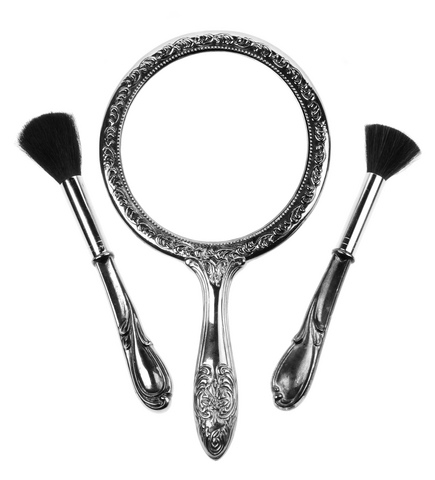In my research I usually try to distance myself from the philosophies of beauty that attempt to draw up lists of criteria or rankings that define what beauty is: for example, Plato in the Symposium sets up a metaphorical ladder of beauty, with physical beauty firmly ranked at the bottom and an abstract “beauty in itself” at the top; this split between physical and spiritual is echoed in St Augustine and Aquinas.
thesocietypages.org – 1959 guidelines for judging the Miss Universe beauty pageant
Aristotle offered the criteria of “order, symmetry, and definiteness” as the way to measure beauty in his Metaphysics, and Kant (in the Critique of Judgement) presents all manner of restrictions on beauty – to judge something beautiful we must have no “interest” in it, i.e. not intend to use it for anything, or have any personal connection that causes us to care at all about its actual existence. Further, there are “free” and “dependent” beauties (the first are not governed by or linked to a specific concept, the second are), and so on, and on.
Of course there is value in searching for clarity and consistence when discussing beauty, but the preoccupation with lists, restrictions and rankings tells us very little about the actual experience of beauty, its effects, causes or its significance. That’s what art is for. However, I followed this link at The Beheld and found a new rating system relating to beauty that I really quite like.
A rating system that tells us how much a photo has been retouched? Yes please! And I wonder if there might be an opportunity for collaboration between the arts and the sciences here, enriching scientific statistics and technologies with broader forms of interpretation, that question the impulse towards ‘perfection’ and also the recoil from it.




Leave a comment